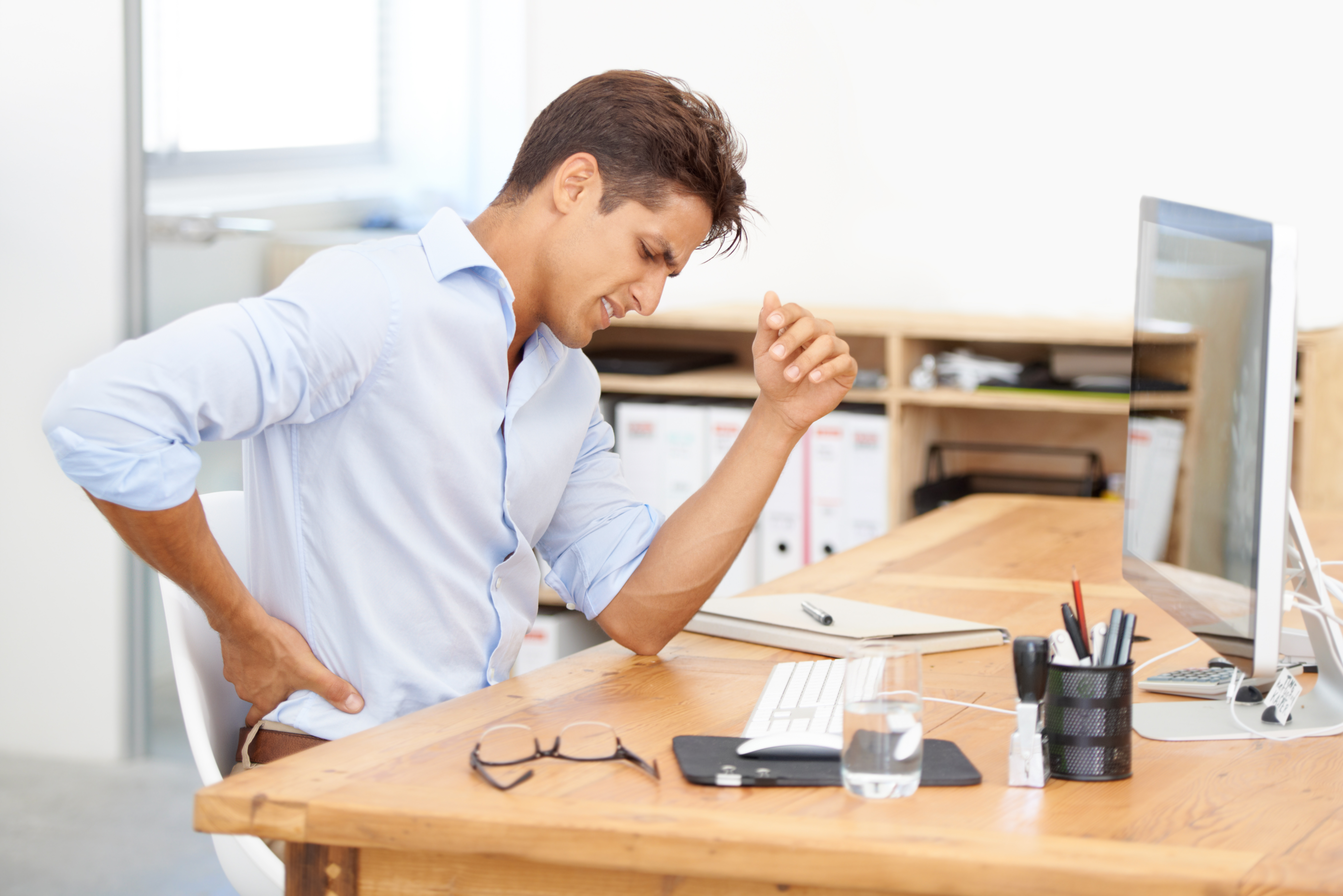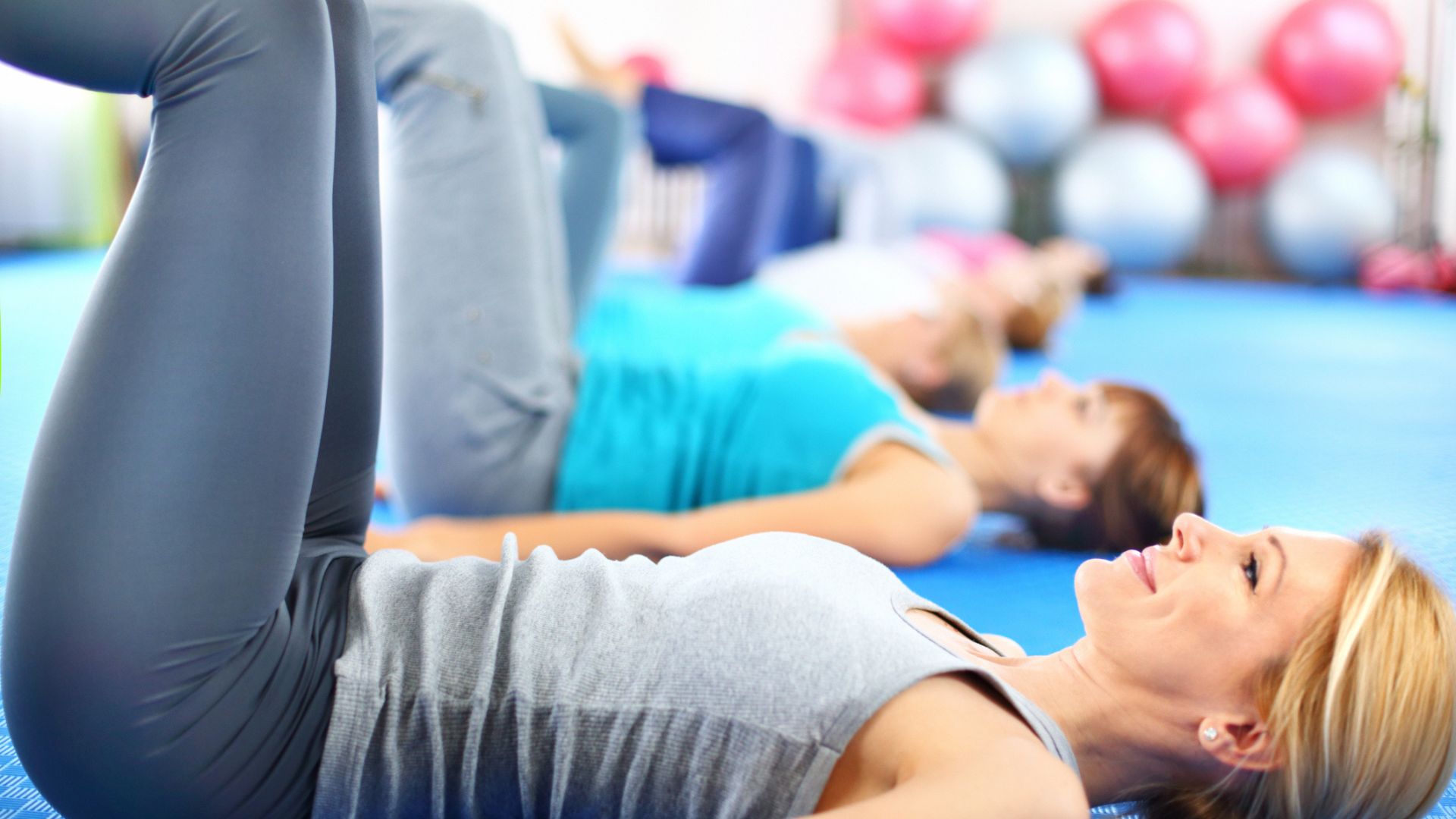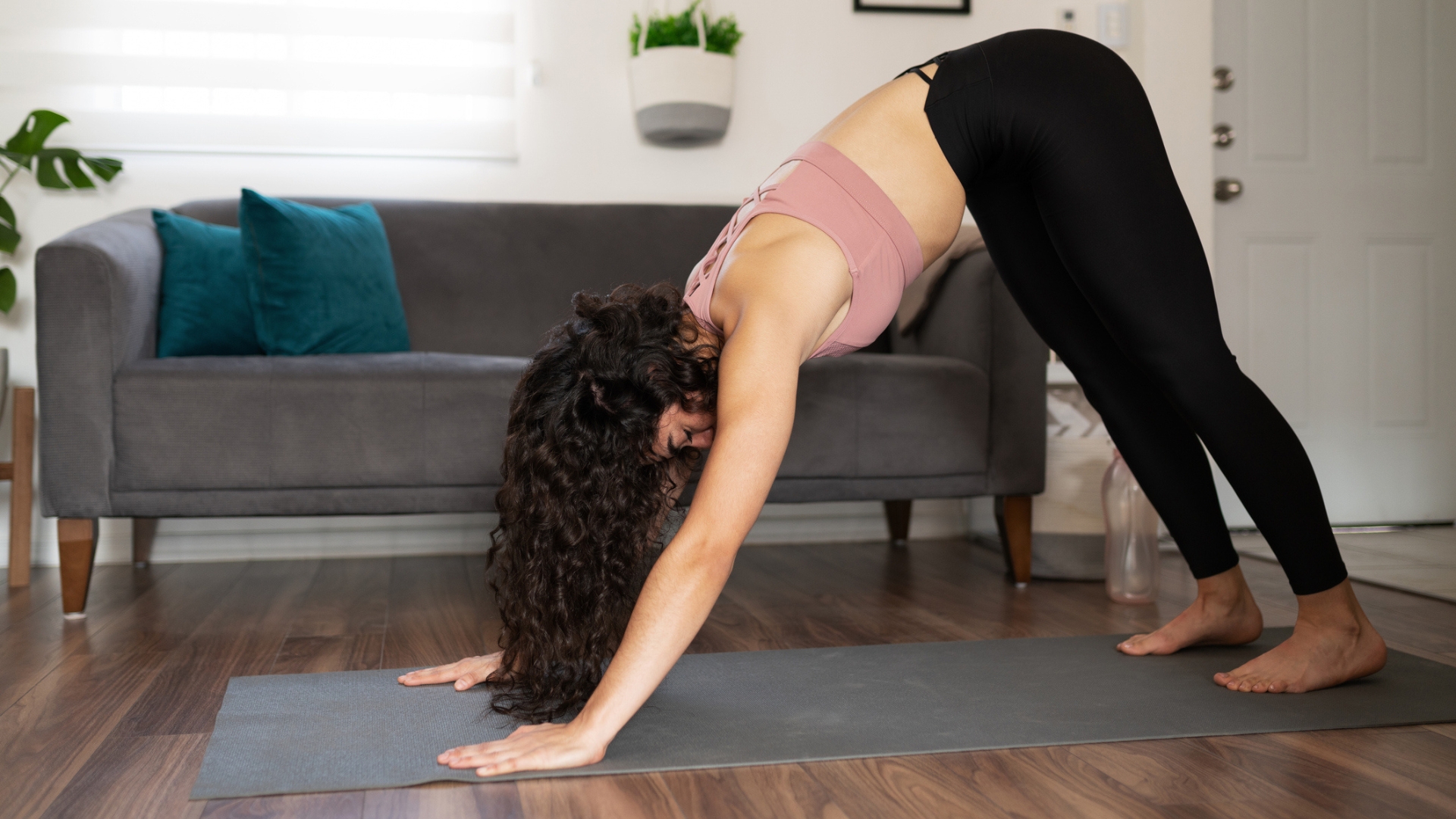Why sitting is bad for you - and what you can do to fix it
Research shows that sitting for too long is bad for our health, and experts agree. But what can you do to change things?

Sometimes, there’s no better feeling than sitting down. From crashing on the sofa after a long day to curling up for our favourite TV show, we love to take the weight off our feet. But experts agree that too much sitting is bad for you.
The average day can involve a lot of it – a typical Brit sits for 8.9 hours out of every 24, according to the Get Britain Standing campaign. Whether that’s at work in an office, at a reception desk or counter, sitting to have coffee with friends, watching a film, or enjoying a catch-up over lunch or dinner, it’s a big chunk of time. And with Covid-19 confining us to our homes more, that figure is only rising.
- Natural back pain remedies: 7 easy ways to overcome pain
- Healthy joints: 15 ways to stay pain-free and mobile
- Best back workout: get stronger and improve your posture
Of course, sitting is often seen as well-deserved in such a hectic world. But research has shown that we’re all sitting so much that it’s a threat not just to our health, but life expectancy as well.
Many of us try to eat well to avoid conditions such as diabetes or heart disease, so it’s shocking to think that sitting down can have a similar impact on our health as smoking. According to recent research published in the Journal of Epidemiology & Community Health, sedentary lifestyle are costing the UK’s National Health Service millions (in fact, £700 million), increasing the risk of certain diseases such as Type 2 diabetes, and colon and lung cancer.
Nutritionist and personal trainer Stuart Roberts is also author of Get Strong, Get Fit, Get Happy: A Life Manual for 40+. He explains, ‘New research indicates that sitting down for prolonged periods can contribute to a range of health issues including increased blood pressure, raised blood sugar, elevated levels of bad (LDL) cholesterol, as well as slowing the metabolism, leading to inefficient circulation, digestive and energy systems, postural problems and weight gain.’
The rise of prolonged sitting
We didn’t evolve to be sedentary. Think back 50 or so years, where many of our tasks were done standing up. We walked more, fewer of us had cars, and we watched less TV. ‘If you add up all the hours you spend sitting, it’s alarming,’ warns Stuart.
But we can take steps – literally – to change things, he adds. ‘The good news is that research shows that modifying our routine to reduce the time we spend sitting down can reverse many, if not all, of the degenerative effects. And it’s never too late to start. Current research suggests we should try to spend no longer than three hours a day seated for maximum health benefits.’
Get the Fit&Well Newsletter
Start your week with achievable workout ideas, health tips and wellbeing advice in your inbox.
Stand more, sit less
The more you think about it, the more you’ll realise how much you sit during the day – from transport to socialising and work. For those with children or grandchildren, watching a box set, or being in the car on the school run means being less active. Kate Burdett, head trainer at Pilates studio Raw Pilates, adds that it can have an impact on our the health of joints and muscles too. ‘As so many of us live sedentary lifestyles due to desk jobs, it’s unlikely that we are all meeting the national physical activity guidelines.’
NHS guidelines state that anyone aged between 19 and 64 should aim to do at least 150 minutes of moderate-intensity activity per week, or 75 minutes of vigorous activity. And if we don’t? ‘We’re more at risk of developing health problems such as pinched nerves, compressed discs, poor posture and a weakened core,’ warns Kate.
- Walking to lose weight: 7 tips to kick-start your fitness regime with a stroll
How to sit at a desk
When you have to spend time seated, it's important to practice correct sitting posture.
‘If you have a desk job, you should also use a monitor stand for your computer to ensure the screen is at eye level,’ advises Kate. ‘This will reduce neck flexion (where the bones are pulled closer together) and mean that your head will no longer be leaning forward, resulting in that unwanted forward crouching that leads to neck aches and pains.
‘If you work from a laptop, placing it on a stand and attaching it to a separate keyboard will offer the same results. It may also be worth considering swapping to a standing desk.’
Also make sure you have the best office chair for your specific needs - key things to think about include seat height, elbow support and adjustability.
Step away from your desk
Changing the way you sit or what you sit on can help, of course, but the key really is to be more mobile. Kate says, ‘Building activity into everyday life is a great place to start, such as taking the opportunity to stand on the bus rather than sitting, or answering phone calls standing, rather than sitting down. Making sure you walk to the supermarket and carry your groceries home, instead of getting an online food delivery, is also a great way to get moving.’
‘Tech neck’ issues from sitting
‘Tech neck’ (sore neck muscles from looking down at a smart device) might seem like a problem more suited to youngsters, but anyone with a tablet or smartphone is at risk.
‘Practising posture-improving sequences regularly can help to alleviate symptoms of tech neck and prevent further aches and pains. These sequences are simple to do, and you can find advice and instructions online on how to perform these properly,’ advises Kate.
5 ways to combat sitting for too long
1. Stand or walk around for at least 10 minutes every hour. The best fitness trackers will alert you when you haven’t moved in the past 60 minutes.
2. Keep a note of when you sit/stand and for how long (and where), to get an idea of your sitting time.
3. Stand when you would normally do a task sitting, such as being on the phone.
4. If working on a computer, consider getting a stand-up desk, or put your laptop on a sturdy box on your desk.
5. Book a Pilates or yoga class to incorporate a good stretch into your day.
Launched in 2020, Fit&Well.com is all about helping you meet your health and fitness goals in ways that are fun and achievable. With news and features on fitness, weight loss, running, nutrition, yoga, wellness and more, we're committed to helping you wherever you are on your fitness journey. We break down the best fitness tech, with reviews, buying guides and the latest deals on fitness and wellness kit, from dumbbells to diffusers.
We cater for all difficulty levels here. It doesn't matter if you're a beginner in the world of fitness or you're gearing up for your tenth marathon: we're all moving towards the same goal – creating a healthier, happier you. From guides on getting started doing walks around the block, to creating the perfect work-from-home space, to eating to fuel your first triathlon. It's all here.
-
 A Pilates instructor says this is the beginner-friendly core exercise everyone should try
A Pilates instructor says this is the beginner-friendly core exercise everyone should tryForget crunches, this is the perfect foundation move
By Alice Porter Published
-
 Prevent poor posture and release tension from sitting down with these four simple stretches from a yoga instructor
Prevent poor posture and release tension from sitting down with these four simple stretches from a yoga instructorThe daily poses he swears by, no matter what
By Alice Porter Published
